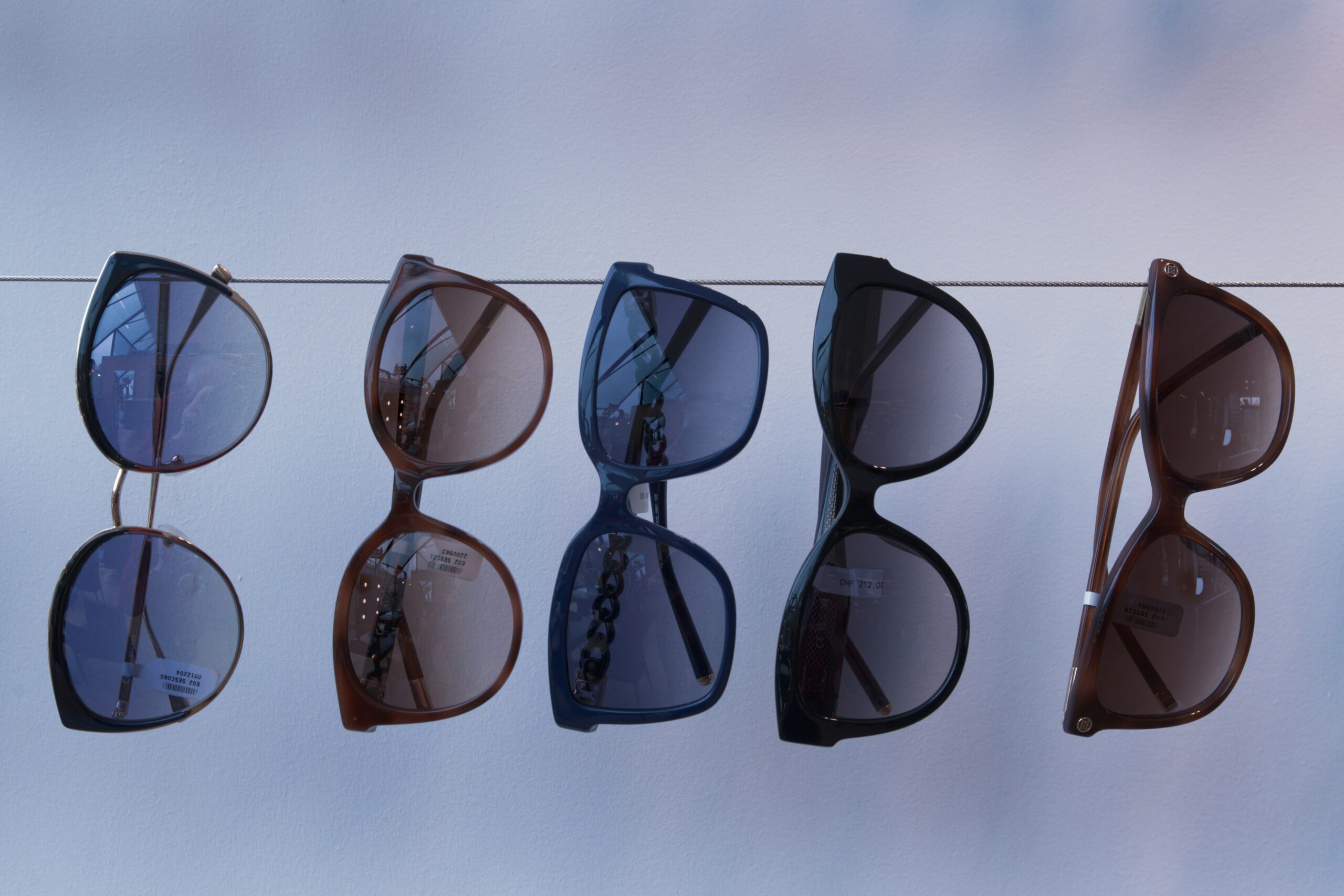
Eyeglasses are an everyday accessory that many of us take for granted, yet their history is a fascinating journey through time, culture, and technology. From their humble beginnings in ancient civilizations to their current status as a staple of modern fashion, eyeglasses have undergone dramatic evolution in both function and style. Understanding this evolution not only reveals the ingenuity of human invention but also highlights how vision and aesthetics have intertwined over centuries.
The Early Beginnings of Eyeglasses
The story of eyeglasses begins in antiquity when people first sought solutions to vision problems. Ancient civilizations, including the Egyptians and Romans, experimented with magnifying lenses made from polished crystal or glass. These early tools were not the glasses we know today, but rather simple magnifying devices that allowed people to read miniature inscriptions or inspect intricate details. The primary focus of these early innovations was practical rather than aesthetic, reflecting the human desire to improve daily life and overcome physical limitations.
By the 13th century, eyeglasses as we recognize them began to appear in Italy. These early spectacles featured convex lenses designed to correct farsightedness and were mounted in frames that rested on the bridge of the nose. The invention of eyeglasses during this period marked a significant turning point in both science and society. It allowed scholars, artisans, and merchants to engage more deeply with reading, writing, and detailed craftsmanship, ultimately contributing to cultural and intellectual growth during the Renaissance.
Eyeglasses in the Renaissance Era
During the Renaissance, eyeglasses gained wider popularity and began to symbolize knowledge and sophistication. Artisans crafted frames from materials such as wood, bone, and metals, experimenting with designs that offered both comfort and durability. The invention of concave lenses later in this period also allowed people with nearsightedness to see clearly, further expanding the functional impact of eyeglasses.
Portraits from the Renaissance often depict scholars wearing eyeglasses, emphasizing their association with learning and wisdom. This period also marked the beginning of eyeglasses as a personal statement. While functionality remained the priority, the style of the frames gradually became a reflection of social status, hinting at the future role of eyeglasses as a fashion accessory.
Advancements in Technology and Design
The Industrial Revolution brought significant advancements in eyeglass production. Mass production techniques allowed eyeglasses to become more affordable and accessible, reaching a broader segment of the population. New materials such as steel and nickel improved the strength and durability of frames, while innovations in lens-making enhanced visual clarity. This era also saw the emergence of specialized eyeglasses for different tasks, including reading, distance viewing, and protection from harsh sunlight.
By the 19th century, eyeglasses had evolved from a mere tool for vision correction to carry personal and professional connotations. Certain styles became associated with intellectuals, professionals, or even celebrities, paving the way for eyeglasses to enter the realm of fashion. This shift demonstrated how practical objects could evolve into symbols of identity and personal style, a concept that continues to define modern eyewear.
Eyeglasses as a Fashion Statement
In the 20th century, eyeglasses firmly established themselves as both functional and fashionable. Designers experimented with shapes, colors, and materials, transforming eyeglasses into a form of self-expression. Iconic figures from literature, film, and politics helped popularize specific styles, making eyeglasses a recognizable part of cultural identity. Round frames, cat-eye designs, and oversized lenses became more than mere vision aids—they became fashion statements in their own right.
The introduction of lightweight plastics and flexible metals further expanded the possibilities for design, allowing eyewear to adapt to various facial shapes and personal tastes. Brands began to market eyeglasses as luxury items, with some frames becoming status symbols. At the same time, technological innovations such as anti-reflective coatings, photochromic lenses, and prescription sunglasses enhanced their practical value, demonstrating that fashion and function could coexist harmoniously.
The Modern Eyewear Industry
Today, eyewear occupy a unique space at the intersection of health, technology, and fashion. Modern eyewear combines cutting-edge materials with advanced optical technology to enhance vision while offering a wide range of stylistic options. Consumers can choose from minimalist frames to bold, statement-making designs, reflecting their personality and lifestyle. Eyeglasses are no longer hidden accessories; they are proudly worn, celebrated, and even collected.
The rise of digital technology has also influenced eyewear trends. Blue-light blocking lenses and ergonomic designs cater to the needs of people who spend long hours on screens, highlighting how modern innovations continue to adapt to contemporary lifestyles. Online customization and virtual try-on tools have made it easier than ever for individuals to find eyewear that is both functional and fashion-forward, cementing eyeglasses as an integral part of personal style in the 21st century.
The evolution of eyeglasses is a testament to human creativity and adaptability. From the crude magnifying tools of ancient civilizations to the stylish, high-tech eyewear of today, eyeglasses have evolved in response to cultural, technological, and aesthetic demands. They have progressed from practical necessities to symbols of identity and fashion, reflecting the ever-changing relationship between vision and style. Understanding this journey not only deepens our appreciation for the devices that enhance our sight but also highlights the enduring human drive to innovate, beautify, and express ourselves through everyday objects.
Eyeglasses, once a purely functional invention, have become a dynamic element of culture, science, and fashion. Their story reminds us that even the most ordinary objects can carry extraordinary histories, influencing the way we see the world and how the world sees us.